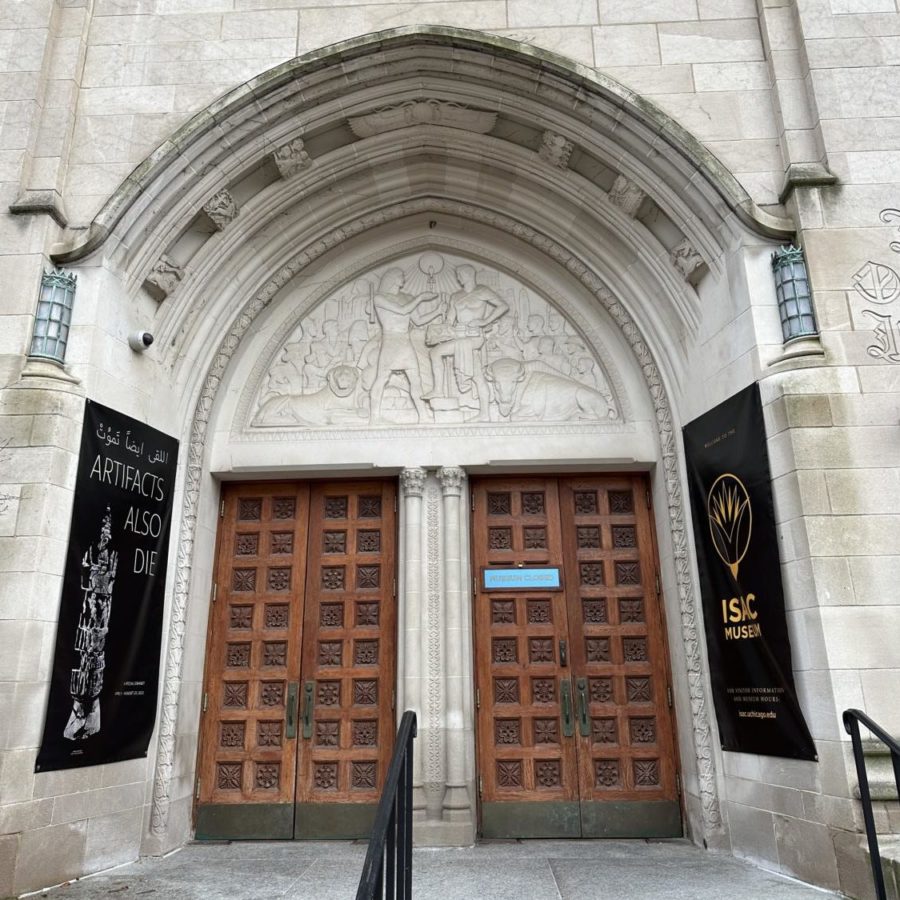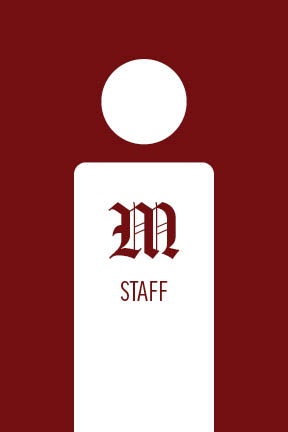Last spring, the Maroon endorsed the creation of a Socially Responsible Investment Committee (SRIC). The proposed organization would have had the authority to examine the University’s investments, most of which are currently hidden from public scrutiny, and evaluate them based on a set of social and ethical standards established by committee members. The committee as it was proposed wouldn’t have had any power to actually change University investment policy; instead, it would only have written a yearly report to bring attention to the most ethically problematic businesses and organizations receiving University funds. Fortunately, the Maroon was not alone in supporting this moderate approach to a question that has historically divided students and administrators: Almost 80 percent of voters approved the creation of the committee in the Spring 2011 Student Government elections.
It is to the credit of President Robert Zimmer that he saw it fit to meet with the architects of the committee Wednesday. Usually, one would expect administrators to simply mention the Kalven Report and go on ignoring the mounting student concerns over how their University’s endowment is spent. Nevertheless, the final outcome has largely been the same. The original (quite moderate) committee proposal is basically dead, and some of its main supporters have moved on to compromise proposals, as the Maroon reported Tuesday (“New path sought for socially responsible investments”).
Unfortunately, these two proposed compromises are lacking in substance. As the Maroon put it, one of the proposals “recommends that the University send forms to its 200 investment managers asking them how they evaluate assets based on social, environmental, and governmental factors in addition to those of profitability.” Of course, it’s hard to see how an idea like this could do any harm; realistically, the likeliest outcome is that most who get the form will simply refuse to fill it out, while those who decide to answer its questions will simply say that the only criterion that matters when evaluating an asset is profitability. This proposal is so weak that administrators may actually agree with it, but that doesn’t mean it’s going to accomplish very much. It’s not a bad idea—the Maroon supports it over doing nothing at all, but it pales in comparison with previously discussed solutions.
The second proposal, at first glance, has more substance. It “would invest a small portion of the University’s endowment into a Community Development Financial Institution (CDFI), which would focus on traditionally underserved populations.” But this, too, won’t do very much. If this investment failed, it would undermine any efforts on behalf of SRIC and its supporters. Part of what made the original committee proposal so compelling was that its primary function was advisory: It would not, by itself, tell those who manage the University’s money what to invest in. A proposal like this goes against that principle and risks hurting the cause of socially responsible investment on campus. Again, this is not a bad idea, but it’s hard to see how it would help achieve SRIC’s original goals.
The future prospects for socially responsible investing on campus look quite bleak. Nevertheless, the Maroon encourages those who truly believe in SRIC’s goals not to settle for compromise solutions unlikely to accomplish very much. Nobody expected administrators to give in to student demands easily, but that doesn’t mean those demands should be forgotten. Regardless of the next step SRIC supporters take, one thing will always remain clear: Students have a right to know if the endowment to which they contribute every year is being used to fund the socially and ethically reprehensible.
The Editorial Board consists of the Editor-in-Chief, Viewpoints Editors, and an additional Editorial Board member. Colin Bradley recused himself from the writing of this article.










